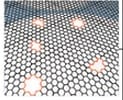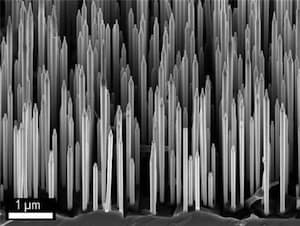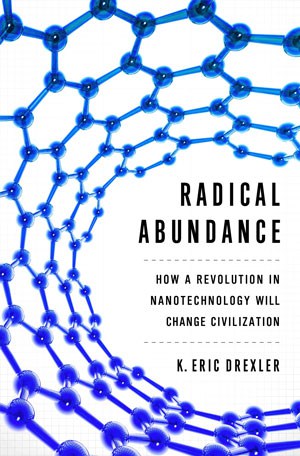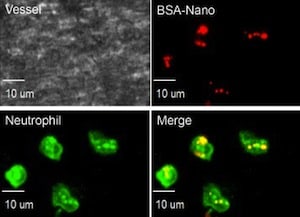A bacterium has been engineered to stably propagate a DNA written with six letters instead of the usual four, greatly expanding the number of amino acids, both natural and synthetic, that can be genetically encoded. Further work could lead to novel proteins incorporating these additional amino acids, and from there to novel materials, devices, and machines.
Expanded DNA alphabet provides more options for nanotechnology






